Autoclave
Autoclaves are also known as steam sterilizers and are typically used for healthcare or industrial applications. An autoclave is a machine that uses steam under pressure to kill harmful bacteria, viruses, fungi, and spores on items that are placed inside a pressure vessel. The items are heated to an appropriate sterilization temperature for a given amount of time. The moisture in the steam efficiently transfers heat to the items to destroy the protein structure of the bacteria and spores.
The costs of an autoclave can vary greatly because of the various uses and applications of this technology. Industrial and pharmaceutical autoclaves are customized and manufactured for a specific use and therefore costs are likely to differ compared to autoclaves you find in a hospital or dental office.
Report Abuse
Shipping Details
Based on 0 reviews
Be the first to review “Autoclave”
You must be logged in to post a review.
Vendor Information
- Store Name: ATLANTIC Scientific and Research Supply
- Vendor: ATLANTIC Scientific and Research Suply
- No ratings found yet!
-
Health & Medical
Water bath
The waterbath with the most modern comfort and highest safety The
Memmert waterbath is available in six sizes and two performance classes. In addition to the Basic class for simple temperature control tasks, the Excellent version offers precise test procedures with maximum safety: electronic overtemperature protection and a multitude of visual and acoustic signals, e.g. when the filling level is too low, overtemperature, but also for input acknowledgement or at the end of the programme. In the largest water bath model, an optional circulation pump ensures even better thermal homogeneity of the water.Temperature range up to +95 °C (with cooling device CDP115 from +10 °C)
6 model sizes (7 to 45 litres interior volume)
various accessories: e.g. Peltier cooling device, flat and slanted lid, shaking device, floor grid, test tube rack
ultra-modern control technology
Water level maintenance optional
high-quality, rust-resistant and easy-to-clean stainless steel for interior and exterior housingSKU: n/a -
Health & Medical
Glass Made Water Distillation Unit or Distilled water Machine
Water Distillation Unit – LABOID – 400M models are designed for reliable continuous operation incorporating a host of features unmatched by comparable stills. It is easy to use, safe to operate, thoroughly reliable and above all Low Cost.
Features of this Plant
Abundant Output. The still provides, 4 Liter/hr of distilled water produced through a power input of 3KW by a chromium-plated heater housed in a horizontal Glass Boiler
The distilled output is cool ensured by a high-efficiency condenser. The temperature of distillate 25o C – 40o C tested for an ambient room temperature of 30o C.
All units carry Marking.SKU: n/a -
Health & Medical
Deep Freezer
- Type: Chest Freezer
- Total Gross capacity Liter: 545
- Freezer Gross Capacity Liter.: 545
- Dimension(W*D*H): 1654*745*905
- Gross Capacity (Cubic Ft.): 19.26
- Temp Freezer: Min -28
- Net Weight (Kg): 76 kg
- Gross Weight (Kg): 86 kg
- Voltage Range: 105V – 260V
- Refrigerant: R600a
- Food Basket: 2
- Super Freeze Function: Yes
- LED Lights: 2
- Power On Indicator: Yes
- Climate Class: T
- Copper Evaporator: 5 sides
SKU: n/a -
Health & Medical
Ph meter
This meter can test pH,mV and temperature in water solution,it is suitable used in lab for those units from industrial and mining enterprises,university and scientific research organ etc.
There is a microprocessor chip inside the meter and the appearance of meter looks nice with easily operation.For notable features read as follows:
1)Large LCD with white background can display both pH and temperature value a the same time.
2)It has intelligent functions for automatic calibration,automatic temperature compensation,data storage/recall,memory max. and min. value etc.
3)Automatically display the percentage of slope after finishing calibration.
4)ºC and ºF can be switched freely.
5)Equipped with Model 600 electrode holder and calibration buffer solution,which is more convenient to use.SKU: n/a -
Health & Medical
Microscope
The Home LED Microscope is an excellent value and wonderful choice for beginners and students of all ages! With this home microscope, you’ll get the same quality and features as other fine high-school-level microscopes, but at a much more affordable price. Its ease-of-use and high-quality components make it a great choice for students, science-lovers, and hobbyists of all ages!
SKU: n/a


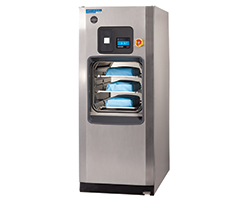
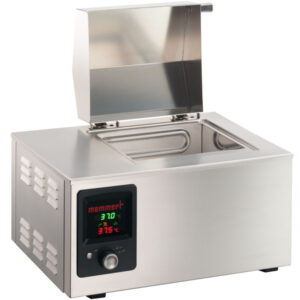
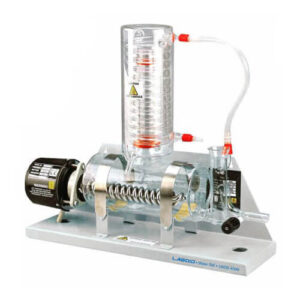
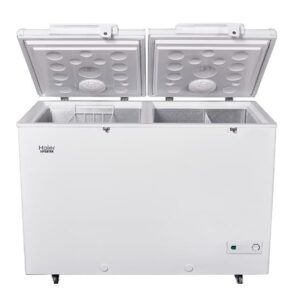
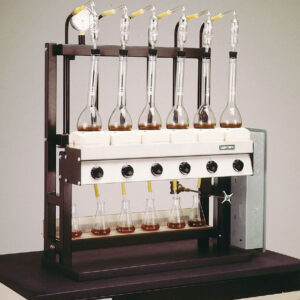
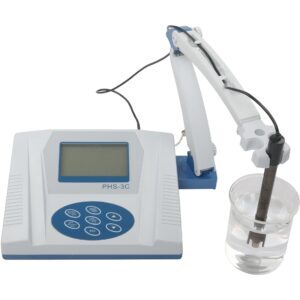
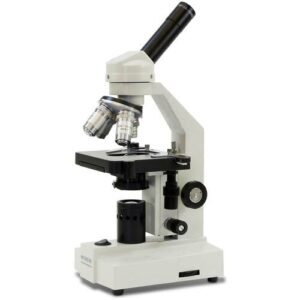
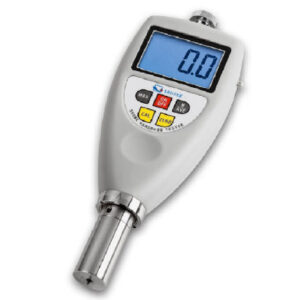
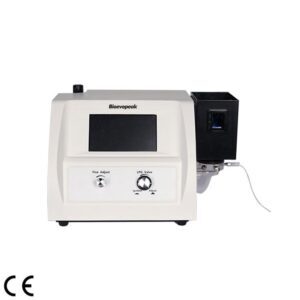
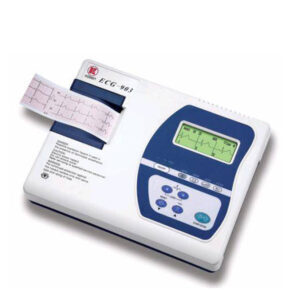
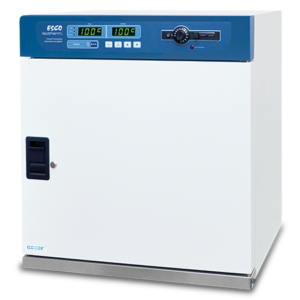

There are no reviews yet.